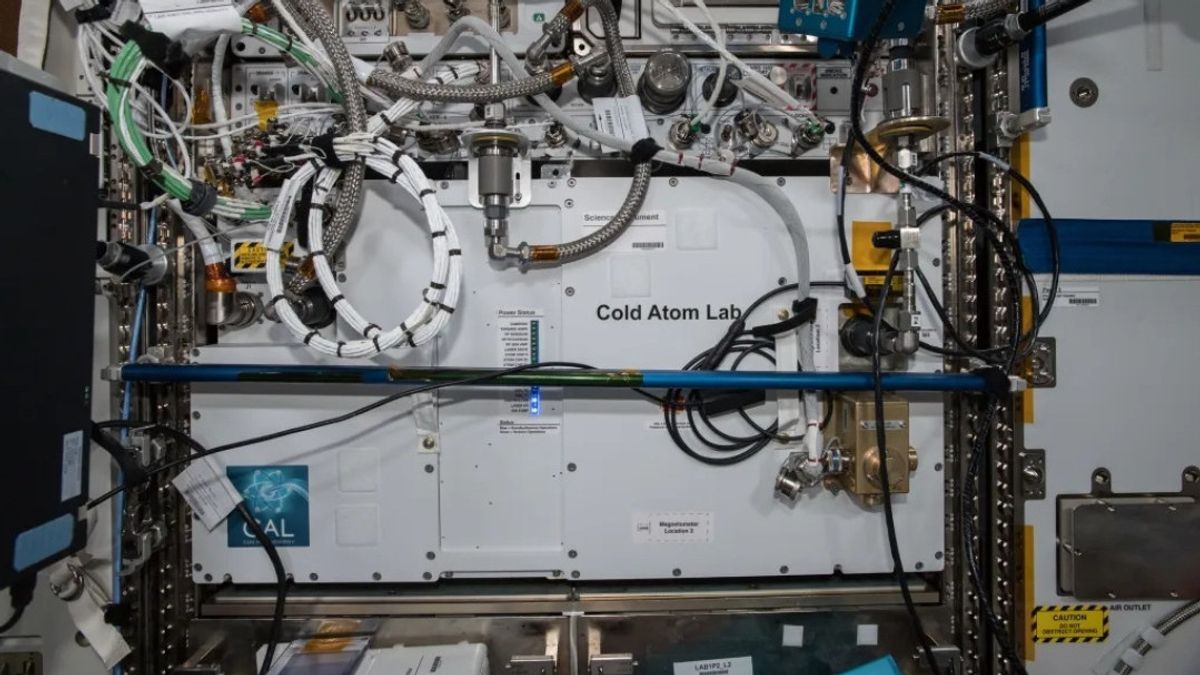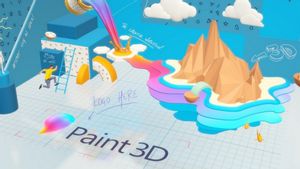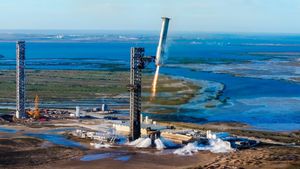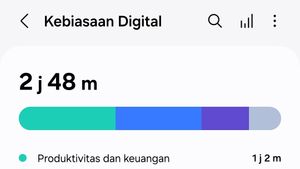JAKARTA NASA's Cold Atomic Laboratory, the first research facility on the International Space Station (ISS), successfully used quantum science in space through a tool called an atomic interferometer. For the first time, members of the Cold Atomic Lab science team used ultra-cooled atoms or atoms near absolute zero temperature to measure fine vibrations in the ISS. These particles can detect various changes present in the environment around the ISS. This facility also relies on a quantum tool called an atomic interferometer to measure gravity, magnetic field, and others. Atomic interferometer observations will be used to study the basic nature of gravity and advance technology. Cold Atom Lab is a mini refrigerator-sized laboratory to advance quantum science in Low Earth Orbits (LEOs). The small facility launched in 2018 has several tools in it and atom interferometers are just one of them. Jason Williams, Cold Atom Lab Scientist at NASA's Jet Propulsion Laboratory (JPL), said that the use of atom interferometers on space stations is a very big challenge. However, scientists succeeded in doing so. "Achieving this milestone is a very big challenge, and our success is not always easy to achieve," Williams said, quoted from the official NASA website. "It takes dedication and adventure spirit from the team to make it happen."
SEE ALSO:
The tool that Cold Atom Lab relies on has a space-based sensor that can precisely measure gravity. In fact, this sensor could be used for other things such as revealing the composition of planets and moons present in the solar system. If this quantum tool can precisely measure gravity, scientists believe that this tool can provide better insight into the nature of dark matter and dark energy. To date, those two substances are still cosmological mysteries. "atomic interferometry can also be used to test Einstein's general relativity theory in a new way," said Cass Sachett, Cold Atom Lab Principal Researcher. "This technology can help us fill those gaps and give us an overview of the reality we inhabit."
The English, Chinese, Japanese, Arabic, and French versions are automatically generated by the AI. So there may still be inaccuracies in translating, please always see Indonesian as our main language. (system supported by DigitalSiber.id)

















